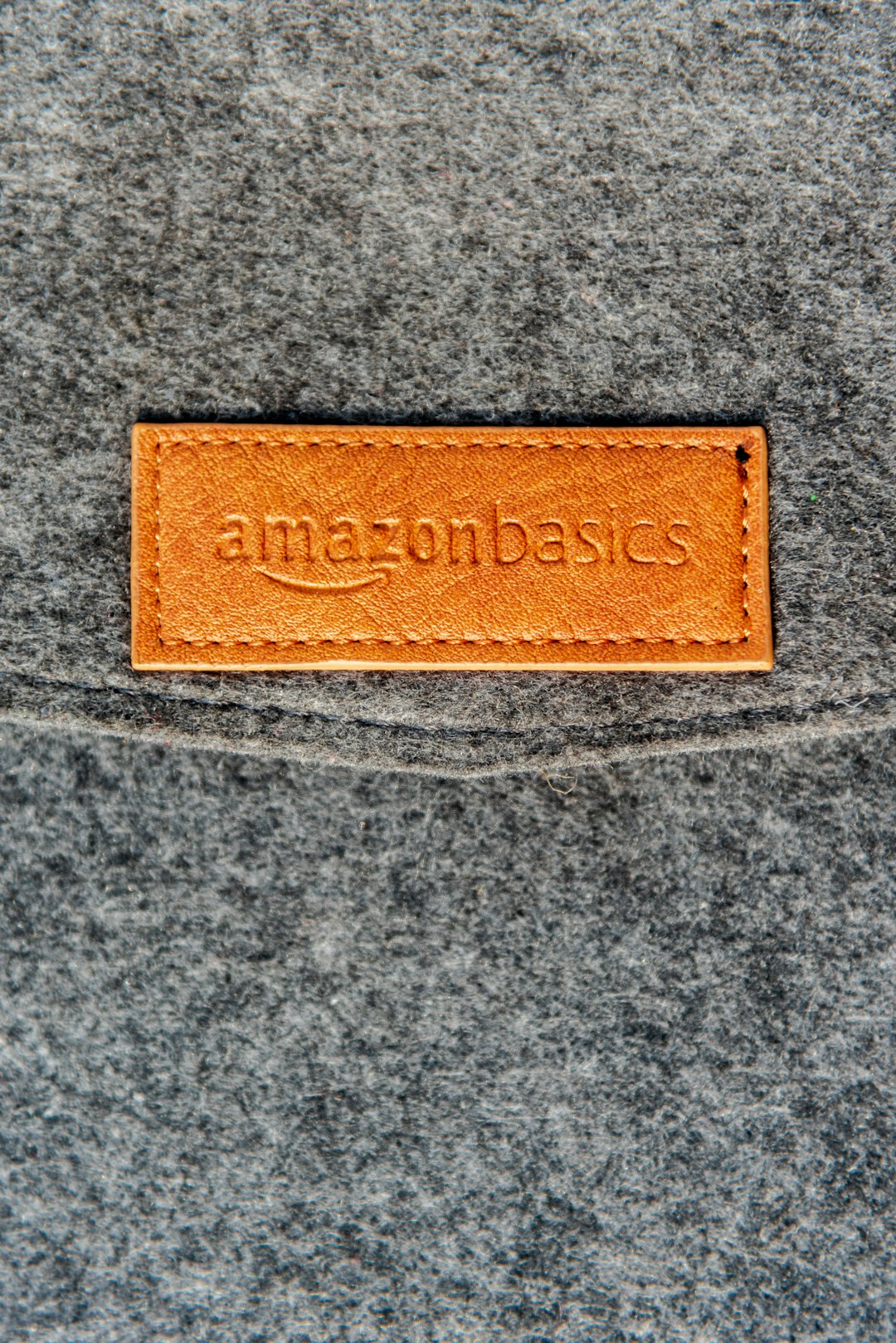The Little-Known Process Sellers Used to Get Amazon to Remove Counterfeit FBA Inventory
Imagine this: You’ve spent months perfecting your product, invested in advertising, built your reviews organically, and finally, you’re watching your sales grow. Then, out of nowhere, your once-thriving Amazon listing is hijacked by counterfeit goods. Your genuine inventory is still in Amazon’s warehouse, but your Buy Box is gone and your brand reputation is sinking fast. What can you do?
Many sellers believe they’re powerless when counterfeits infiltrate Amazon’s Fulfilled by Amazon (FBA) inventory system. But what if we told you there’s a little-known process sellers have used to get Amazon to remove counterfeit inventory? It’s not common knowledge, and that’s what makes it a powerful tool for those in the know.
TLDR:
Table of Contents
Brand owners and sellers using Amazon FBA can request the removal of counterfeit inventory through Amazon’s relatively under-the-radar “Equitable Inventory Reimbursement” process. This strategy involves proving the existence of counterfeit goods, demonstrating harm to the brand, and working through Amazon’s infringement and Brand Registry systems. It’s not easy, but it can be remarkably effective if you know the right steps to take.
Why Fake FBA Inventory Is So Dangerous
When counterfeit products are stored in the same FBA warehouse as authentic ones, it’s often impossible to tell them apart until it’s too late. The Amazon system pools inventory from all sellers using the same listing. If someone sends fake products into FBA, those items might be shipped to your customer under your name, leading to:
- Brand damage: Customers blame you for poor quality.
- Negative reviews: Counterfeits erode your credibility.
- Account issues: You risk being suspended due to high return rates.
- Lost revenue: The counterfeit seller often wins the Buy Box by pricing unfairly low.
This is where the “send in fake inventory and exploit FBA” strategy thrives. Fortunately, there’s a way to fight back.
Introducing Amazon’s Equitable Inventory Reimbursement Process
Amazon doesn’t shout from the rooftops about it, but there is a process available through Brand Registry and Seller Support that allows sellers to formally request the removal of counterfeit inventory. Known informally among experienced sellers as the “Equitable Inventory Reimbursement” (EIR) claim, this process enables affected brand owners to pressure Amazon into investigating and purging counterfeit units from their warehouses.
The key is proving that the counterfeit goods exist and that they are being fulfilled via FBA—not just drop-shipped or FBM (Fulfilled by Merchant). Once that’s established, you can request Amazon remove and destroy the counterfeit FBA units and compensate you for any harm caused.

Step-by-Step: How Sellers Trigger Amazon to Remove Fake FBA Products
Here’s how clever sellers go about doing this:
-
Document the Problem
Before doing anything, you need hard evidence:- Orders received by customers that appear to be counterfeit.
- Customer complaints or refunds tied to these orders.
- Product comparison reports (photos showing fakes vs. authentic items).
If possible, buy from the suspect listing and document the packaging, branding, and quality.
-
File an Infringement Report
Use Amazon’s Brand Registry tool to file a formal report of infringement.- Navigate to your Brand Registry account.
- Go to “Report a Violation.”
- Attach all your proof and select “Counterfeit” as the reason.
-
Escalate Through Brand Registry or a Support Case
If no immediate action is taken, open a Seller Support case under “FBA inventory issues.” Phrase your concern specifically:
“We have confirmed counterfeit products in FBA inventory being shipped under our listing. We are requesting an FBA inventory investigation and removal of affected units for customer safety and brand protection.” -
Ask for the Inventory Investigation Team
Amazon has an internal Inventory Investigation Team that can audit FBA shipments logged under specific sellers. This step is crucial—request that this team is engaged. -
Demand Reimbursement or Destruction
If the inventory is proven to be fake, push Amazon to issue an EIR—a reimbursement for brand damage or destruction of counterfeit stock. Some sellers even receive payouts when Amazon confirms mishandled inventory pooling.
What Determines Whether Amazon Takes Action?
Getting Amazon to act depends on a few factors:
- Proof of Counterfeit: The more documentation you present, the better.
- Brand Registry Access: Having a registered trademark and Brand Registry enrollment gives your claim greater weight.
- The Danger to Customers: Products in restricted categories (e.g. supplements, electronics) that pose a safety risk receive faster attention.
Sellers have had greater success when they highlight potential legal or regulatory implications in their support messages. Phrases like “potential risk to consumer safety” and “violation of Amazon’s policies” tend to move tickets to the right team faster.

Real Success Story: A Niche Electronics Brand
Take the example of a small seller offering a premium audio adapter. After building a loyal customer base, the listing was overtaken by lower-priced versions that looked identical—but had faulty wiring. The seller noticed a spike in returns, complaints, and lost Buy Box visibility.
After gathering customer complaints and purchasing the counterfeit item to compare, the seller filed an infringement report, followed up via Brand Registry, and opened a case citing safety concerns. Within 10 days, Amazon removed the counterfeit FBA units logged under three different sellers and restored the original seller’s Buy Box.
In some cases, Amazon even reimburses the brand owner for damage caused, though this is usually rare and depends on how aggressive you are in your follow-ups.
Tips and Warnings
Using this process requires diligence and some tact:
- Avoid accusing sellers by name unless you have rock-solid evidence.
- Stay professional and factual—emotions hurt your case more than help.
- Track all case numbers and create a timeline to escalate if necessary. Persistence pays off.
- Work with legal counsel if you suspect large-scale counterfeiting or if Amazon is non-responsive.
The Future: Project Zero and Transparency Help Too
While the EIR process is reactive, Amazon has introduced more proactive tools like:
- Project Zero: Allows brand owners to remove counterfeit listings directly.
- Transparency Program: Lets brands use unique, trackable codes to ensure customers receive authentic products.
These programs require pre-registration and come with their own setup requirements, but they can drastically reduce counterfeit threats over time.
In Summary
While Amazon’s automated systems have made counterfeit control harder for individual sellers, there is a pathway to fight back. The Equitable Inventory Reimbursement process, though rarely discussed publicly, empowers brand owners to request inventory purification directly in the FBA network. If you’re willing to compile clear evidence, escalate properly, and persist through bureaucracy, you may just win back your listing—and protect your customers from receiving fake goods.
It’s not easy, and Amazon won’t volunteer this solution. But now that you know, you’ve got a valuable tool most sellers have never even heard about.






